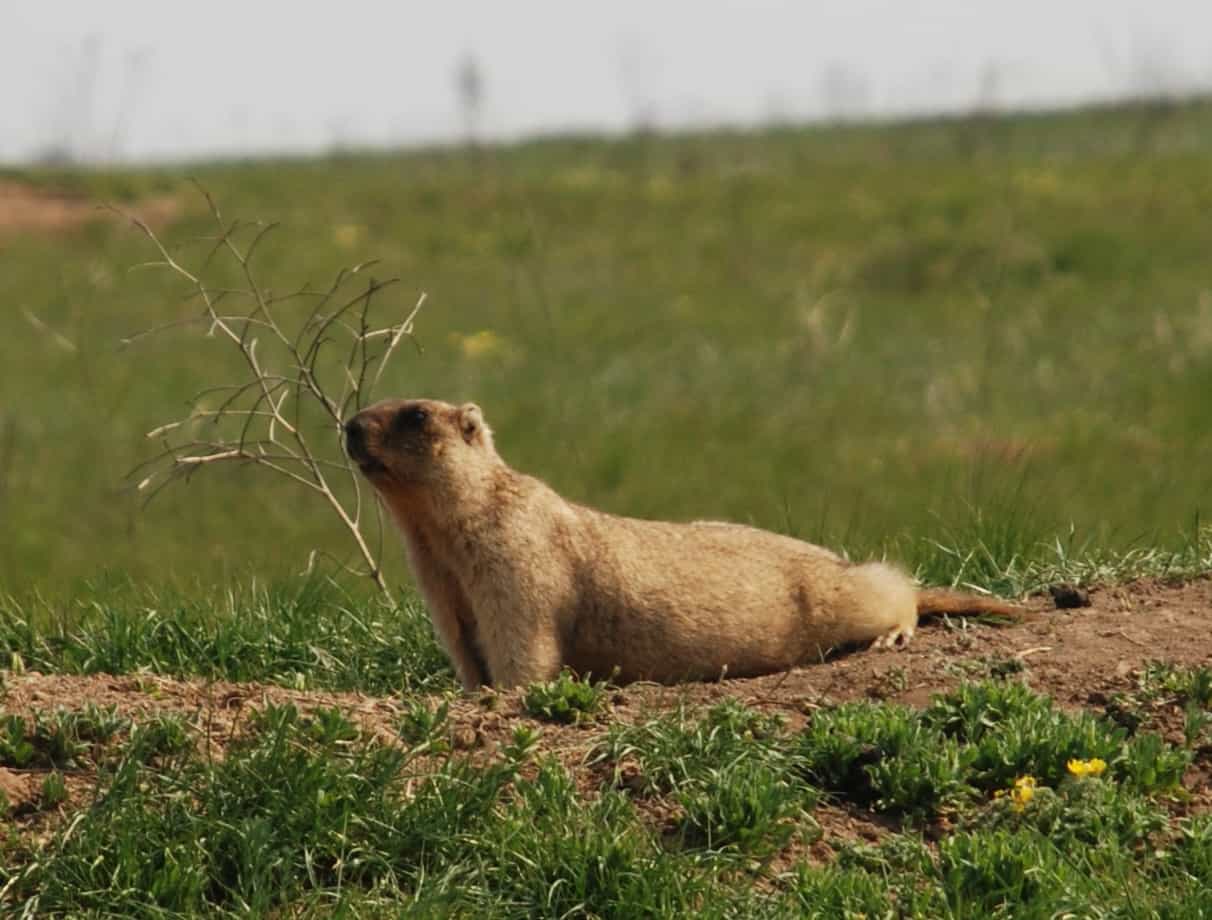Share this article
Wildlife Featured in this article
- Bobak marmot
Could old spy images help today’s conservation work?
Researchers say Cold War satellite photos could help biologists understand changes on the landscape around the world
Decades ago, a trove of Cold War spy satellite images was declassified, offering unique glimpses into the past in key sites around the world.
Scientists have tapped into these images from a wide range of disciplines, including archeologists and civil engineers. Their use in conservation and ecology have been limited, researchers say, but it may be time for that to change.
In a recent paper published in BioScience, researchers considered how these spy images could be used to study changes in ecosystems, species populations and land use since the 1960s. A 2020 study by the same scientists looked at how these images revealed unexpected declines in bobak marmots (Marmota bobak) in Eurasia.
But using the images will mean overcoming some challenges in accessing and sharing them, the researchers say.
“Our few prior studies have revealed that without considering the past, we may draw erroneous conclusions about the current state of the environment,” said lead author Catalina Munteanu, of the University of Freiburg in Germany.
Header Image: Researchers used photos from spy satellites to document declines in Eurasia’s bobak marmot population. Credit: Petroscan








